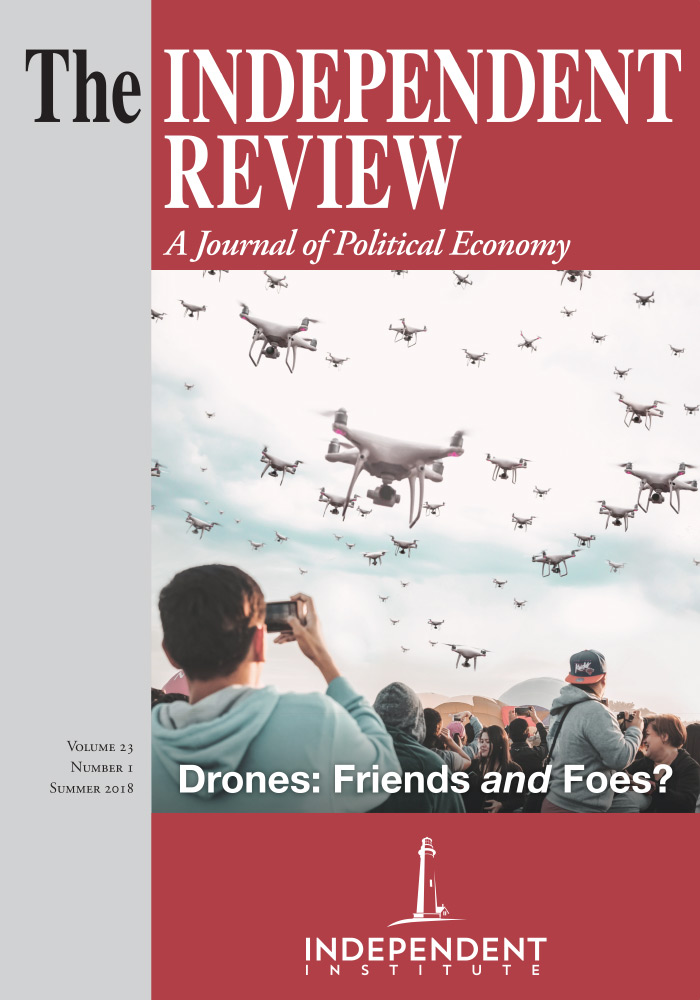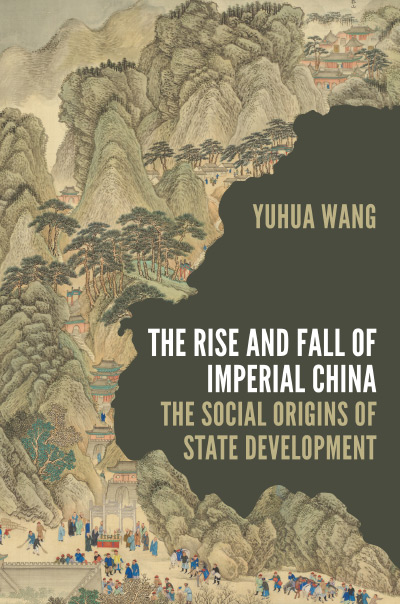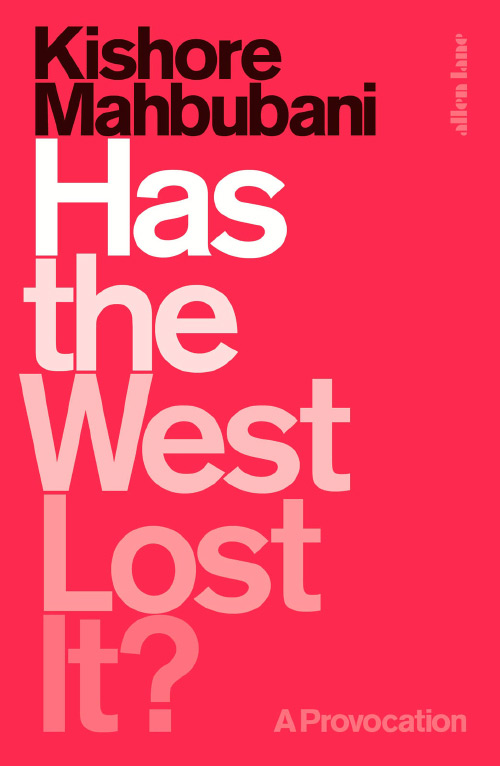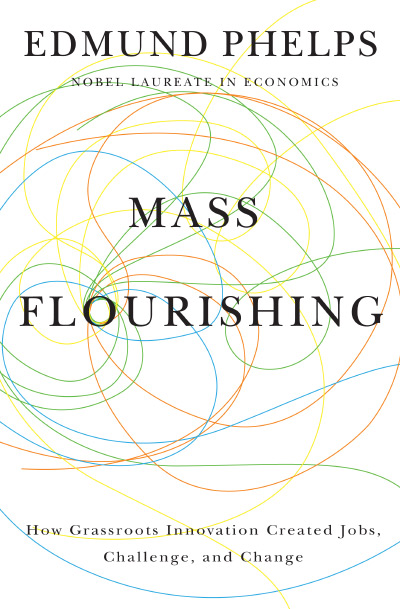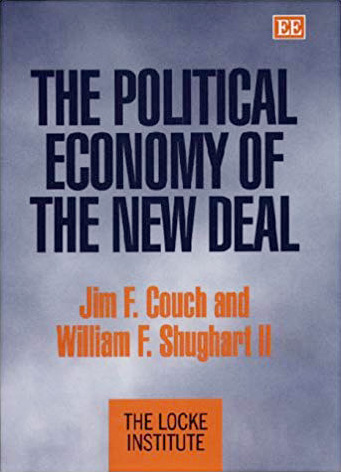Robert Bates’s study of the political obstacles to economic development pairs a compelling theoretical argument with case studies of medieval England and France, as well as modern Zambia and Kenya. Bates argues that development is a process through which nations overcome the tradeoff between prosperity and security to simultaneously pursue both. Research on development often focuses on the local rules of the game; while the book touches on these institutional factors, Bates views institutions as organizations that implement the preferences of those who sit on top of them. In this sense, institutions do not act as constraints on action but facilitate the pursuit of political advantage. Bates studies the incentives that economic and geographic factors create, and the political consequences of variation in those two factors.
The Development Dilemma establishes the puzzle of development and presents a challenge to extant approaches to studying economic change. Because cases of successful development in the modern world have been largely confined to a handful of countries in Asia, Bates argues that these developmental success stories will not highlight a path forward for currently underdeveloped countries. To look for possible paths, Bates turns to medieval Europe, whose societies were agrarian just as underdeveloped nations are today. The author highlights two regularities that shape economic relations in agrarian societies. These commonalities together form the foundations for the dilemma that nations must overcome to achieve sustained economic growth. First, the law of diminishing returns correlates population growth with declining output per capita as workers share a fixed quantity of land. Diminishing returns invokes a Malthusian model, which Oded Galor describes as a world where increases in wealth cause population growth. Population growth “along with diminishing labor productivity kept income per capita in the proximity of a subsistence level” (From Stagnation to Growth: Unified Growth Theory. Elseiver, 2005, p. 179). Without increasing technology, population and income per capita are constant. Countries with different levels of technology have different levels of population density, but similar standards of living. Population growth with constant land increases the value of land, which increases the opportunity for conflict and predation.
The second regularity that Bates highlights is Engel’s law, implying that the lower a household’s income, the greater share of the budget spent on food. Bates argues that the two laws combine to shape patterns of development because Engel’s law implies that poor societies will be agrarian, and the law of diminishing returns suggests that growing populations in agrarian societies will become poor. By this logic, poor countries, whether in medieval Europe or contemporary Africa, will be agrarian with economic activity determined by predictable responses to these patterns. Individuals in agrarian societies will work to fend off declines in income via specialization and trade. The result of this is regional differentiation and commerce, as individuals migrate to escape diminishing returns. The parallels between medieval Europe and the modern world that Bates seeks to draw thus hinge on regional specialization, migration, and the impact of structural change.
Bates uses these economic variables, especially the relationship between population growth and the value of land, to establish the core tension between family- and society-provided security. When private families control both production and coercion they face a tradeoff: either be poor but secure or rich but face predation. For nations to achieve development, the state must replace the family as the security provider. States are best able to provide security when central power overcomes regional divisions to create a cohesive national project. Bates finds that when faced with powerful regions, central powers seek to intimidate regional rivals. Without regional cleavages (as demonstrated by England) the interests of powerful families are national and supersede local relationships. England thus pursued a relatively centralized method for controlling violence by making assault a crime against the state. On the other hand, when regional divisions prevail they reduce incentives for state-building and increase incentives for individuals to provide their own security; Bates highlights the French chatelian or hillside fortification that became common as violence increased following the rise in the value of land. Here Bates may focus too much on whether regional cleavages are salient during and after the transition from family- to state-provided security. As Dan Slater argues, “differing patterns of contentious politics initiate divergent pathways of party, military, state, and regime development because they produce different types of coalitions” (Ordering Power: Contentious Politics and Authoritarian Leviathans in Southeast Asia. Cambridge: Cambridge University Press, 2010, p. 20). The key determinant of whether or not elites build the state may be whether or not elites perceive mass mobilization as a more pressing threat to their wealth and status than a strong state. If this is true then Bates’ focus on center-periphery relationships may be picking up the significance of different types of political conflict and the resulting differential effects on state-building.
It seems possible that French elites set up a system to protect themselves from conflict that was less dependent on the state, plausibly because they faced localized conflict that they may have been able to manage via their own fortifications. English elites began to pay taxes, which Bates argues meant that they had a voice in governance. It is plausible that the payment of taxes was a project to build the state in order to tamp down the threat of conflict across a mass-elite divide. Bates highlights a split within England’s royal family that created a period of anarchy dominated by private armies; in this period families were unable to provide security. The anarchic period itself may have incentivized families to pay taxes as a means for controlling violence. Bates concludes his discussion by arguing that central power in England promoted wealth creation while predation defined the use of political power in France. Late-eighteenth century England was on the cusp of the industrial revolution while France was failing, plausibly because of the force of regionalism in France but also plausibly because English elites faced different patterns of conflict and built the state to secure themselves against different types of violence.
After making the case that economic and regional patterns shaped state-building in medieval Europe, the book turns to the modern world. Bates justifies his comparison to medieval Europe by highlighting the commonalities of agrarianism and the security situation. In addition to their similar economic structure, medieval Europe faced invasion by those with greater wealth and power in a way that mirrors Europe’s past hegemony in the developing world. The author focuses his analysis on Zambia and Kenya. In both, imperialism shaped the regional distribution in income, with the Copperbelt in Zambia and Nairobi in Kenya playing outsize roles in the national economy. Presidents Kenneth Kaunda in Zambia and Jomo Kenyatta in Kenya each had to secure their hold on the central hierarchy by catering to their political bases and extending their reach across regions. Kenyatta had to curry favor with the elite, but could not placate landless constituents due to the regional economic structure of Kenya’s political terrain. In Zambia Kaunda had to compete sectorally in a party that had roots in poor rural districts. He found it difficult to reach into the more industrialized Copperbelt.
In both countries, regional differences made it impossible for politicians competing for power to win on a national basis that would support collective objectives and development. It is difficult to evaluate the significance of regional cleavages, because the contemporary cases do not vary on the regional dimension. Regionalism is an issue for politicians in both Zambia and Kenya, unlike the comparison between medieval England and France, and neither Kaunda nor Kenyatta were able to or inclined to build the state. This could be because of regionalism, but the argument would be more convincing with a contemporary case without regionalism and with politicians working to build state capacity. That said, Bates makes a strong case for the significance of political obstacles to development and the key influence of familial and economic factors on growth. The book will be illuminating and enjoyable to readers interested in the ways that individuals acquire and use political power.

